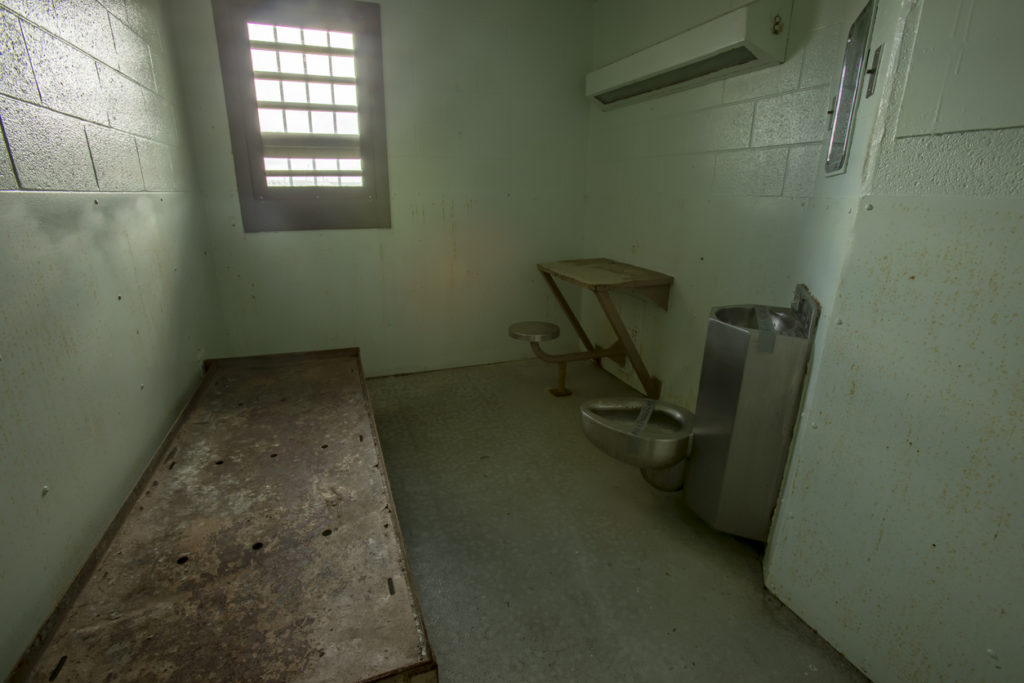
The Hardin County Sheriff’s Department, in Kountze, Texas, filed a report regarding the death of Danny Earl Jones. Mr. Jones was 52 years old at the time of his death. We provide information we obtained from that report, and we make no allegation of any wrongdoing against anyone.
We review a significant number of custodial death reports in Texas, and the report involving Mr. Jones’ death contains one of the shortest summaries we have seen. The summary portion of the report reads in its entirety:
“On 9-20-2021, at approximately 1:05 a.m., while jail staff was conducting cell checks, Inmate Danny Earl Jones was found deceased in his cell. He was located in “Detox B” cell and was the only inmate in the cell at that time.”
Therefore, the summary provides no information about how often Mr. Jones might have been checked as is required by Texas Commission on Jail Standards regulations. It also provides no information about his medical condition, or mental health condition.
The United States Constitution guarantees the right of those held in Texas county jails to receive reasonable medical care and reasonable mental health care. It also provides a right to be protected. If these rights are violated, and a person dies as a result, then certain surviving family members may be able to bring a lawsuit.





